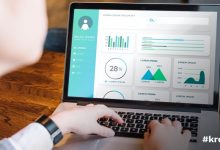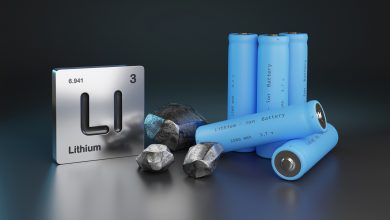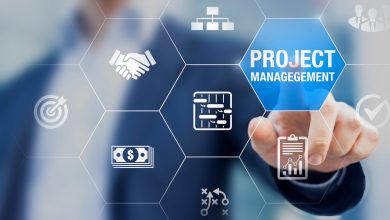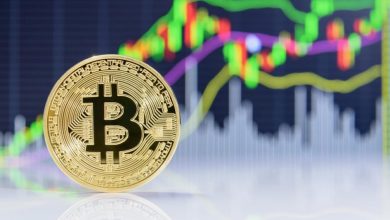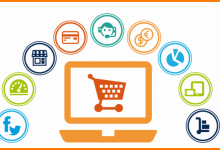The Gap Between IoT and Business Data
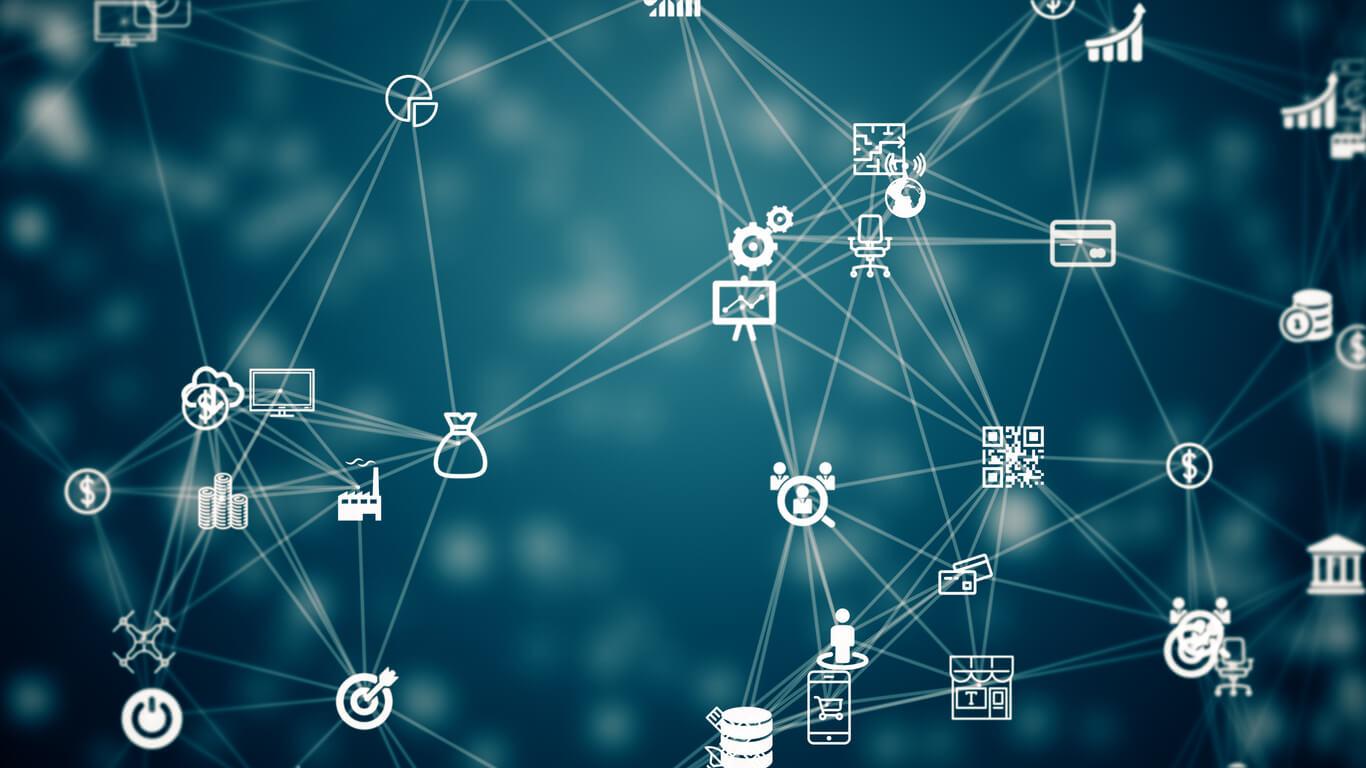
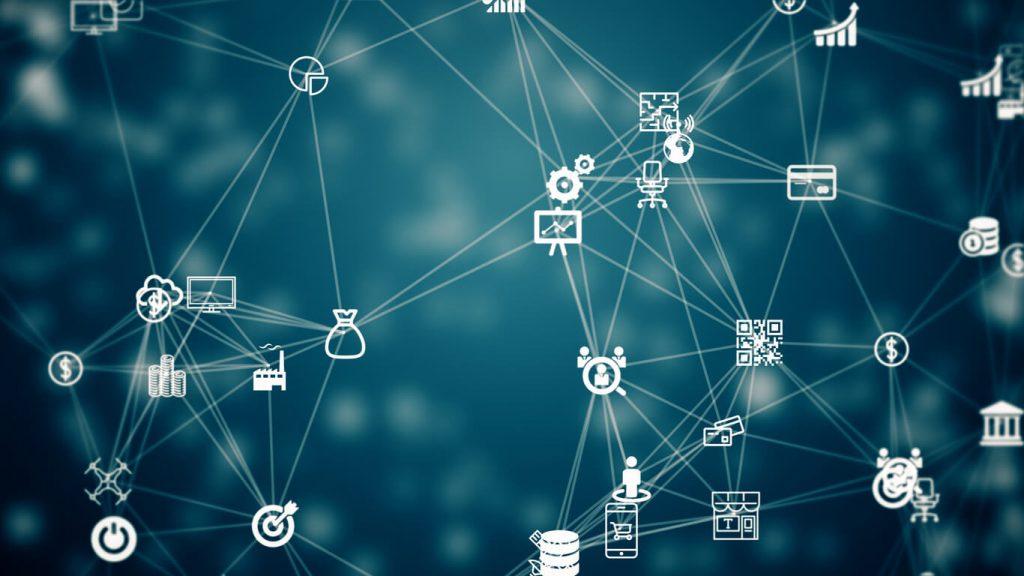
The Gap Between IoT and Business Data
It’s good that the machines nowadays are equipped with sensors to keep them in good working condition, the fact, however, is that these machines still may have been missing a lot of information that a business must be known to. The industry leader SAP has consistently been working on to eliminate such problems of data gaps, and in the process, invented a new application known as Leonardo IoT bridge a couple of years back. According to the industry giant, the Leonardo IoT bridge is able to lessen the gap between data coming from sensors in the field and business systems functioning inside a company.
Since the technology is still new, there is enough ambiguity surrounding SAP Leonardo. Understanding its capabilities and functionalities are quite difficult for a not-so-tech-savvy individual. Leonardo is fundamentally a cloud service that connects SAP applications information and data retrieved from sensors to track operations information in real-time. One of the key features of Leonardo is that it identifies unplanned and unpredicted events from IoT applications, present it in a contextual manner to the users along with decision support and information regarding any trade-offs against SLAs, cost and other similar aspects.
Indeed, if this works out well, the companies, especially concerned with logistics and operations, may track data in real-time eliminating any potential barriers that they may have faced earlier. SAP has also partnered with companies like Bosch to deliver an IoT bridge dashboard for delivery companies, which aims to track delivery vehicles, any potential threats regarding their machinery failure and the condition of items inside the packages depending on the location, temperature, and shock data coming from sensors connected to the vehicle.
In fact, SAP Leonardo is much more than just predicting failures or track package’s condition, it can further help you access information regarding nearby replacement stocks and vehicles to ensure you deliver on time regardless of what happens.
With technology taking such a huge leap forward, the data processing techniques are only getting smarter. Machines equipped with sensors transmit massive data about their health and surroundings, which is then used to take corrective actions against failures.
SAP, the industry leader from Germany, known for developing complex ERP systems and databases, applied all its expertise to simplify the data management and processing, resolving issues due to inconsistency and data gaps. Nils Herzberg, SVP at SAP, introduced SAP Leonardo as a platform that ingests, processes and makes sense of massive IoT data. Thus, businesses are able to utilize advanced analytics for their operations.
Leonardo services are an amalgamation of machine learning, big data, analytics, and blockchain as a service. The system captures data from the sensors and presents it in a more meaningful way to the businesses so that it is a lot more refined and usable.
Depending on where you want to configure this tool, you can either use it to find faults in the machines and prevent them from breakdowns in a large manufacturing industry or prevent your food from spoilage in a supermarket. There are multiple ways to configure Leonardo, which makes it one of the most versatile systems.
As Herzberg once said, there is no decent reason to predict a fuel pump failure unless you know the fault is as little as fixing a part in the warehouse, or a repair is available nearby. The system provides answers to many such business problems pretty well.

